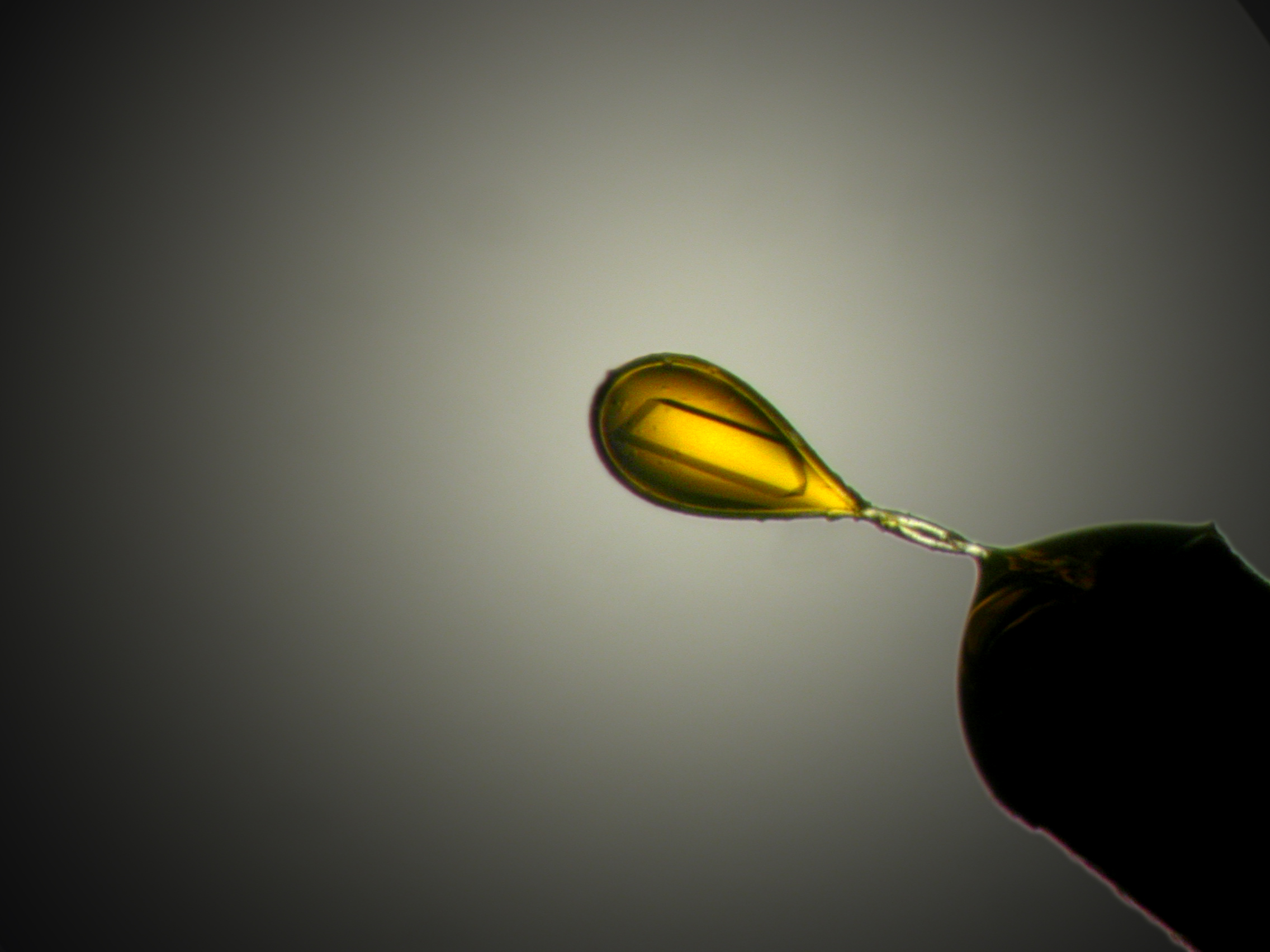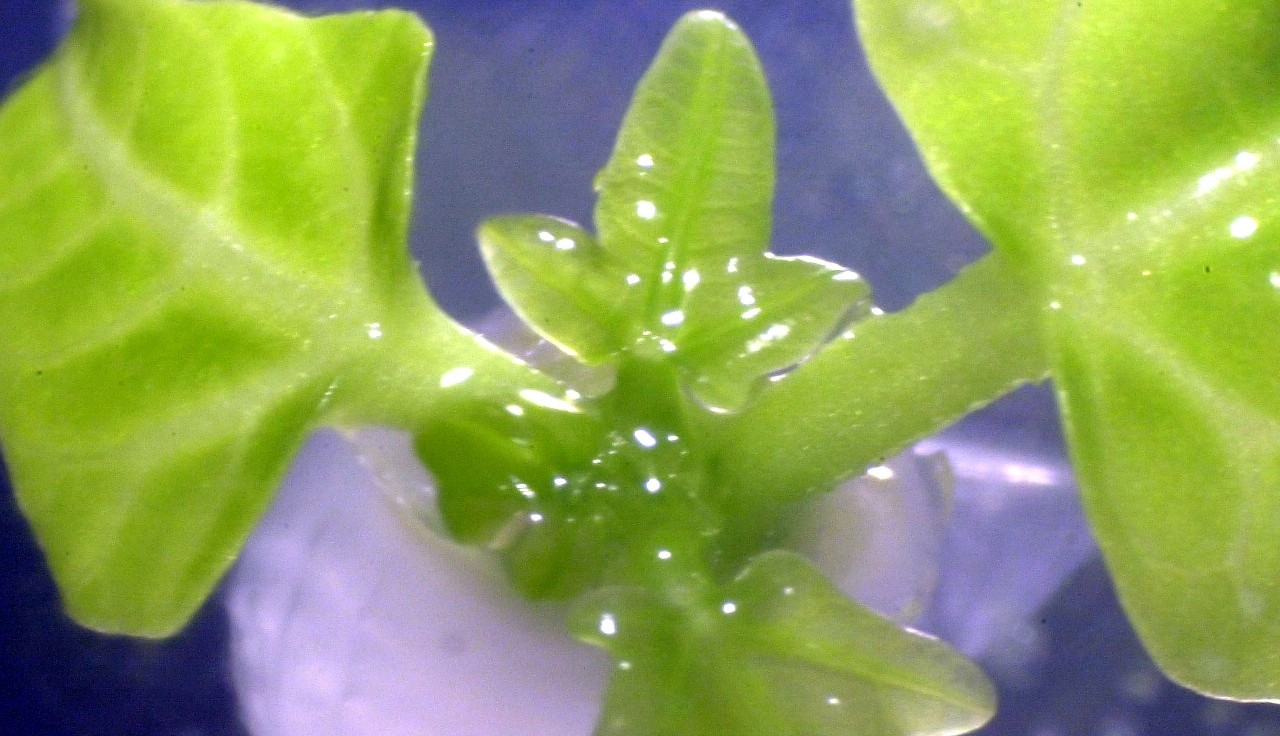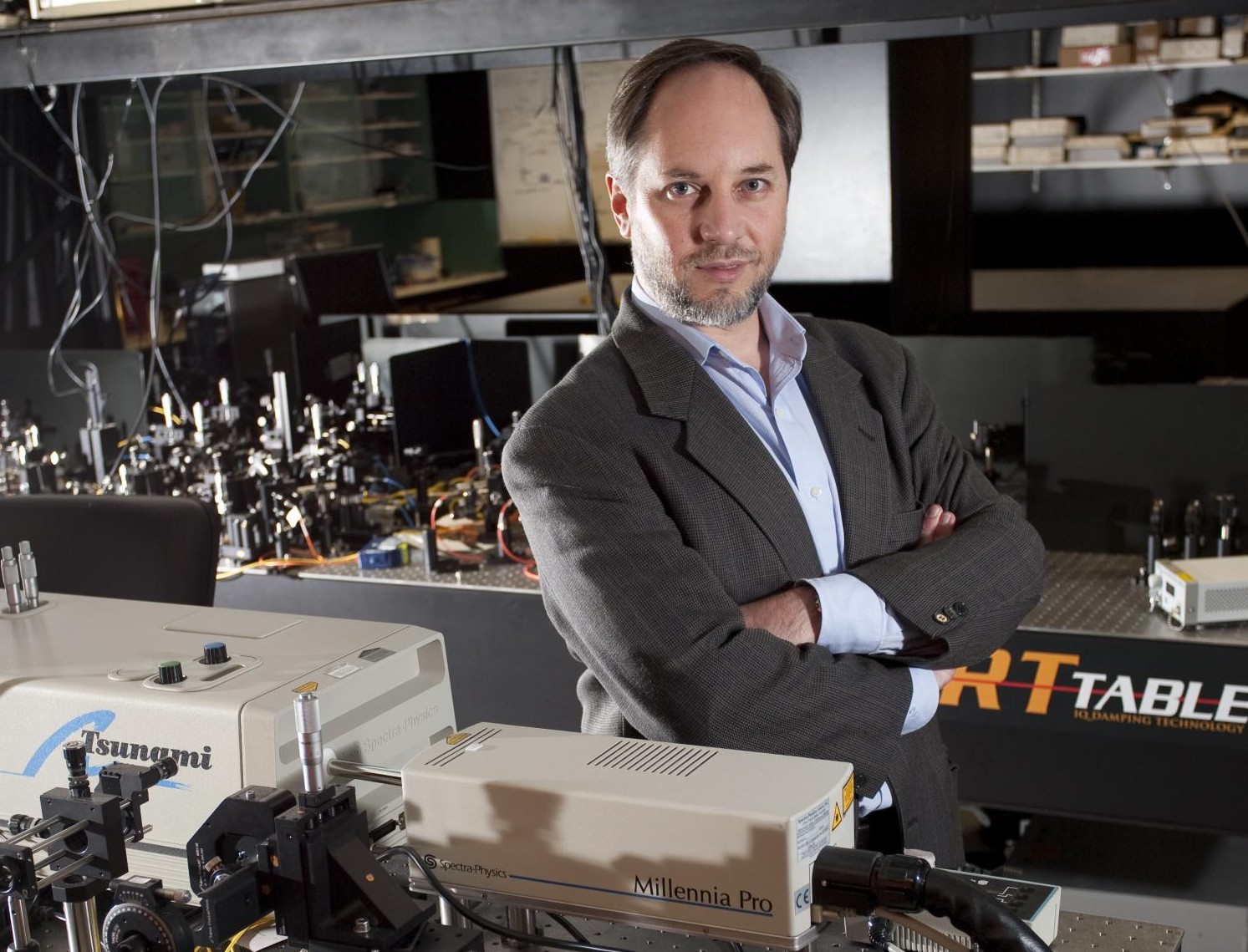“Data is not information, information is not knowledge, knowledge is not understanding, understanding is not wisdom.” – Clifford Stoll.
“The right way to read this famous quote is ‘data is not necessarily information; information is not necessarily knowledge etc,’” Professor Geoff Pryde, a lead research with the Griffith Centre for Quantum Dynamics explains. But could there be data or information that is necessarily not knowledge? Is there any point to information that cannot possibly be known?
“Well it turns out the answer is yes, and that is the reason we are trying to build quantum computers,” says Professor Pryde.
What is quantum
Up until the early 90s, the application of quantum physics was mainly to understand matter of the microscopic scale. But a handful of pioneers realized that quantum matter did not just have strange physical properties, but could also carry a fundamentally different sort of data, quantum information. The basic unit of quantum information is a quantum bit, or qubit. A conventional bit can have just two values, 0 and 1. A qubit, by contrast, can exist in those states but also infinitely many other states in between 0 and 1. But you try to turn the quantum data into knowledge, into something you can actually know when it is measured, it is only ever found in state 0 or state 1 – all other quantum data states “collapse”.
This quantum data that disappears when you measure it might sound completely useless. But in 1994, Peter Shor showed theoretically that if you have enough qubits, you can jointly manipulate them so that, when you measure them, the bits you get out solve certain problems faster than any conceivable conventional computer. From this, the idea of quantum computing took off, with investigations across the globe as to the best way to build a quantum computer. Now, twenty years later, quantum computers are no longer just an idea, but are on the way to become a reality.
Two schools
Generally there are two schools of thought on the best approach to building a quantum computer. Professor Pryde is investigating photons – single particles of light as the means of carrying the quantum information. Whilst his colleague Professor Dave Kielpinski, also with the Centre for Quantum Dynamics, is investigating ions (charged atoms) that are trapped by electricity as the most promising building block for quantum information processing.

There’s an old adage about products and services that says “fast, good, cheap – pick two!” Whatever the medium for holding the qubit, photons or ions, they need to be able to process information efficiently, have low error rates and be able to transmit information. Neither technology is presently able to deliver all three. Ions work with low error rates and process information efficiently, but are not easy to use for transmitting information. Photons transmit information at light speed, and also exhibit low-error operation, but information processing is less efficient at the moment. “There’s something of a competition between technologies to see which will be the best to ultimately build a quantum computer,” says Professor Pryde. “But at Griffith it’s a friendly competition – we collaborate, and push one another to get better.”
Hybrid solutions
One possible outcome of the quantum computer race is a hybrid technology, where photons transmit quantum data across a network of stationary nodes that use trapped ion qubits, exploiting the natural strengths of both approaches. It also exploits the natural strengths of Kielpinski and Pryde, and that of their collaborators and colleagues.
“In many ways, our collective expertise and technology makes us unique in the world,” Professor Kielpinski says.
Quantum computers are expected to bring massive performance enhancements for tasks from code breaking to mathematical modelling, with potential applications across the sciences from biotechnology and energy to nano materials and secure long-distance communication.
“Quantum data is definitely something you’ll be hearing a whole lot more about in the future,” concludes Professor Pryde.








